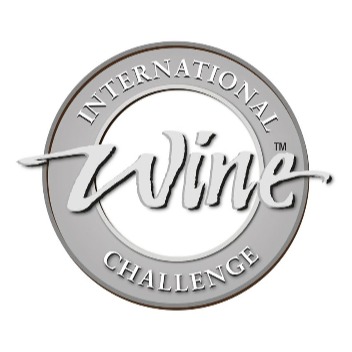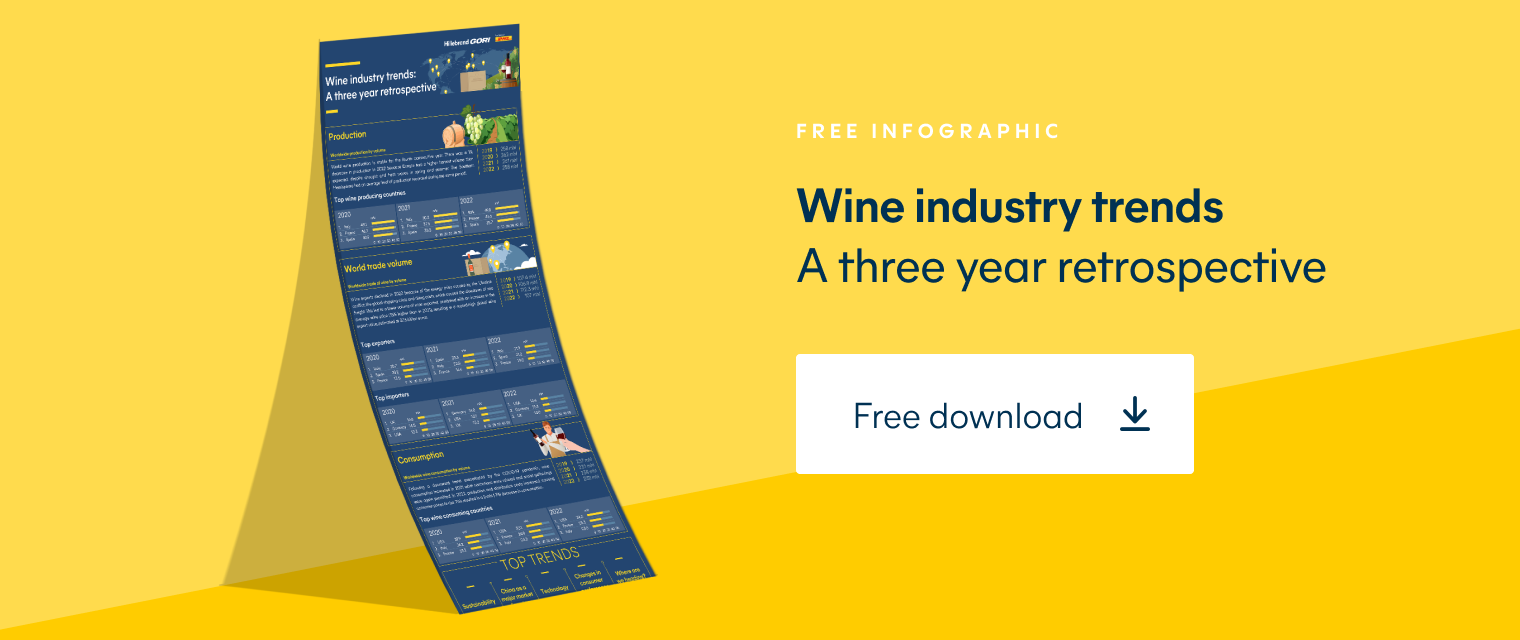6 consumer drinking trends and how to embrace them
The only constant thing in life is change, and consumer drinking trends are no exception.
Although the alcohol beverage industry has met a fair few challenges over the past few years, it has shown resilience and responsiveness.
So, how have the recent changes in consumer behaviour affected the wine and alcoholic beverages space, and how can those in the industry embrace these shifts?
6 current consumer drinking trends
1. Consumers want enhancements, mix-ins and fermented mixers.
One of the most popular drinking trends today is enhancing beverages and adding mix-ins.
The industry has responded by introducing a wide range of beverages with mix-ins and enhancements like:
- Aromatic or flavored bitters
- Beer, cider or ale
- Brine
- Coconut water
- Florals
- Fruit
- Soda
Fermented mixers are gaining traction in the beverage market with products such as kombucha, ginger beer and hard cider providing a unique twist. In fact, industry experts expect hard kombucha to reach a compound annual growth rate (CAGR) of 42.4%.
2. Consumers spend less on alcoholic beverages, but the future looks promising.
According to the IWSR Drink Market Analysis, consumers spend less on alcohol because they have to pay more for necessities such as groceries.
In countries with rising inflation rates, not buying alcohol is an effective money-saving strategy. However, forecasts suggest this trend will reverse when consumer confidence returns.
3. Despite economic pressures, the demand for on-premises services remains strong.
Consumers still crave experiences, and the demand for on-premise sales remain stable in the United States (US) and Europe.
In China, Japan, and Taiwan, the number of people planning to visit on-premise locations increased after government officials relaxed COVID-19 restrictions. Those in Generation Z who are of drinking age and millennials are driving this growth in key markets.
4. Ready-to-drink (RTD) market to grow $11.6 billion by 2026.
When it comes to drinking trends, RTD options are on the rise.
IWSR data released in October 2022 shows a 24% growth of RTD volumes over the next five years.
The study forecasts volumes across 10 markets, which include:
- Australia
- Brazil
- Canada
- China
- Germany
- Japan
- Mexico
- South Africa
- United Kingdom (UK)
- US
Experts predict the US market to be the largest, with consumers gravitating toward the convenience of pre-mixed drinks. Industry experts expect cocktails/long drinks like mojitos or gin and tonics to drive RTD growth worldwide, surpassing hard seltzers in 2025.
In the case of wine specifically, it seems consumers are choosing to drink less (but what they drink is of higher quality). Wine Intelligence data reveals 39% of consumers in key global markets are consciously moderating their wine drinking.
3. Shifting taste preferences to cocktails, spirits & novel flavours.
Apart from fluctuating demand, drink choices are changing too.
We’ve been seeing growing interest in cocktails and spirits, especially among 18-34-year-olds.
The wine demographic, however, is ageing, with declining interest from younger consumers. But, there’s hope on the horizon to engage them!
Recent research shows two out of three 18 to 34 year-olds like to keep up to date with the latest trends, so innovation is key to surviving and capturing that younger audience. If wine suppliers turn to creative marketing strategies and bold new flavours, it could work wonders, much as it did for gin and craft beer.
5. Apps driving up sales of all types of alcoholic beverages.
The record-breaking use of home delivery apps in 2021 also spurred e-commerce sales of every type of alcoholic beverage.
UberEats, Deliveroo, Doordash and Drizly are prime examples of driving up alcoholic beverage sales, according to IWSR. As establishments continue to face unpredictable restrictions, this trend of at-home drinking remains high.
6. There’s a rising demand for high-quality wine.
Although wine might be seen as a luxury product, the demand for higher quality and more expensive wines rose during 2022.
Although overall wine volumes fell, there was an increase in the premium and high-end market segments.
It seems that consumer budgets otherwise spent on going out to wine and dine were reallocated to better quality food and beverages to consume at home.
Embracing changing consumer drinking trends
How can alcoholic beverage suppliers cope with these unpredictable fluctuations and new taste and drinking trends?
By turning to groupage shipping.
Groupage is an ideal solution for the wine and beverage sector, here’s why:
- Maintains a lean inventory. Groupage shipping makes sure that you won’t end up holding stock for long periods. Using Hillebrand Gori’s pallet-sized insulation liners you could protect your wine on-premises as well as on their journey as they shield the wines from extreme temperature fluctuations.
- Flexibility to respond to new taste trends. Alcoholic beverage suppliers can offer their customers new labels, flavours or vintages as they hit the market to keep up with drinking trends. In doing so, they can keep up with the hottest trends rather than being forced to sell older stock at a reduced price to clear it out of the warehouse and make space for new shipments.
- Redirect or free up funds. Groupage shipping also means fewer funds tied up in warehousing costs or spent on the cost of shipping a full container. Having that extra capital free to manage everyday business more comfortably or invest in innovative marketing campaigns, branding or flavours will help suppliers stay ahead of and even spearhead taste trends.
Groupage with Hillebrand Gori
Hillebrand Gori’s beverage-only groupage service is ideal for moving frequent small volumes of bottles.
Frequent departures on multiple shipping routes and from strategic hubs around the globe mean your bottles get to where they need to be as quickly as possible.
Groupage shipping with Hillebrand Gori means you’ll benefit from a lean inventory and a liberated cash flow to empower innovation to stay on the rapidly evolving consumer drinking trends of the moment. Moreover, you’ll better preserve the quality and freshness of your beverages.
These times aren’t easy, but groupage shipping is one way that suppliers can help deal with upheavals to their supply chains.
Ready to take control of your supply chain?
Contact us today to request a quote.
Published 6th June 2023, updated 28th February 2024
Some drinking trends for Gen Z include a preference for healthier options such as low-sugar or non-alcoholic beverages. They also tend to value new experiences and products over traditional brand loyalty. Keeping up with these trends can help suppliers appeal to this demographic.
Some innovative marketing strategies that beverage suppliers can adopt include influencer partnerships, experiential marketing through events or pop-up bars, interactive social media campaigns and unique packaging. These strategies can help suppliers stand out in a crowded market.
Experts predict that the alcohol industry will continue to see a rise in low and non-alcoholic beverage options. They also predict that e-commerce and home-premise consumption will continue to grow as consumers prioritize convenience and at-home experiences.
Packing and shipping accounts for a significant portion (51%) of the wine industry's carbon footprint. By implementing environmentally friendly practices like using renewable materials and reducing packaging waste, suppliers can decrease their environmental impact and appeal to consumers who prioritize sustainability.

How can we help your business grow?




